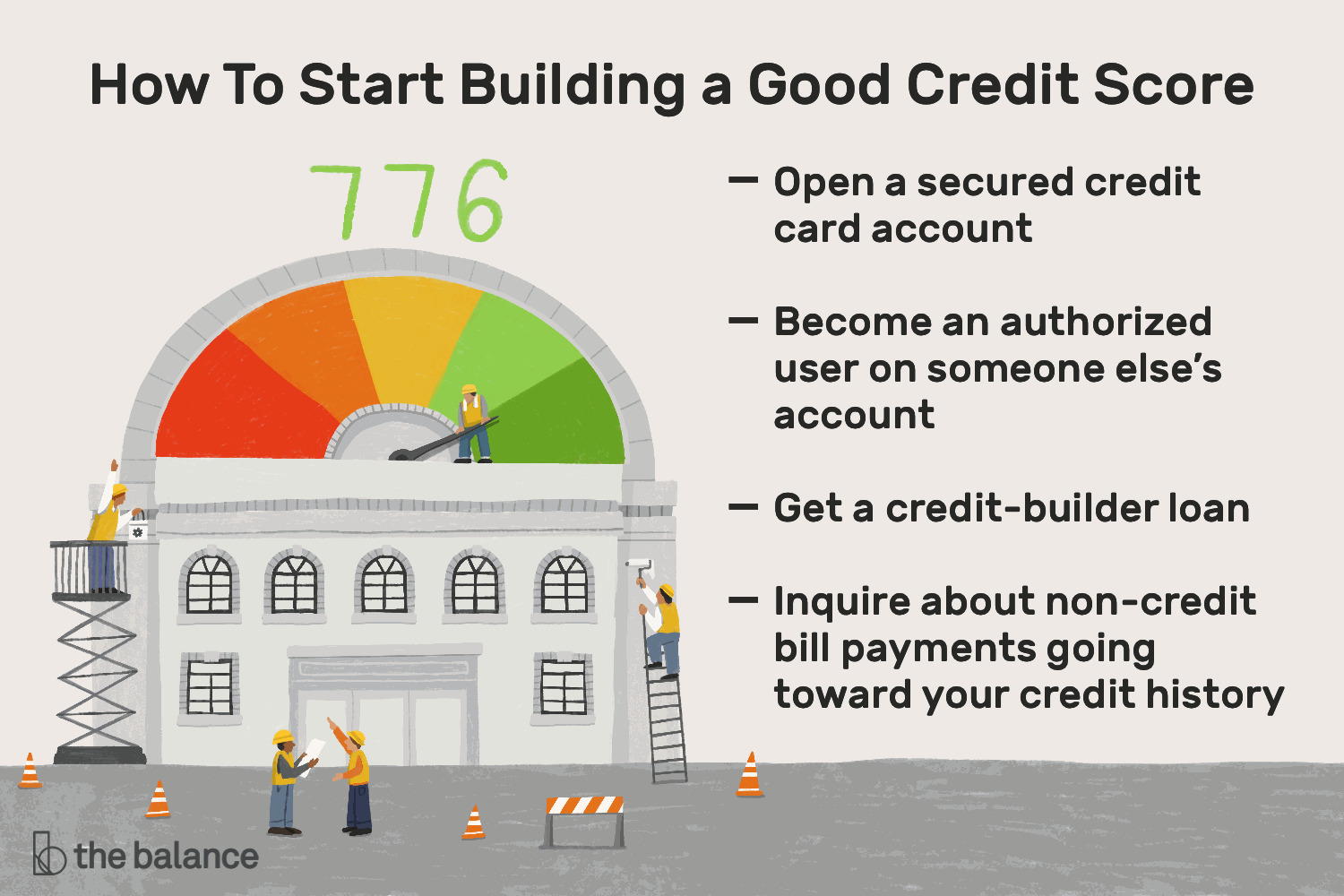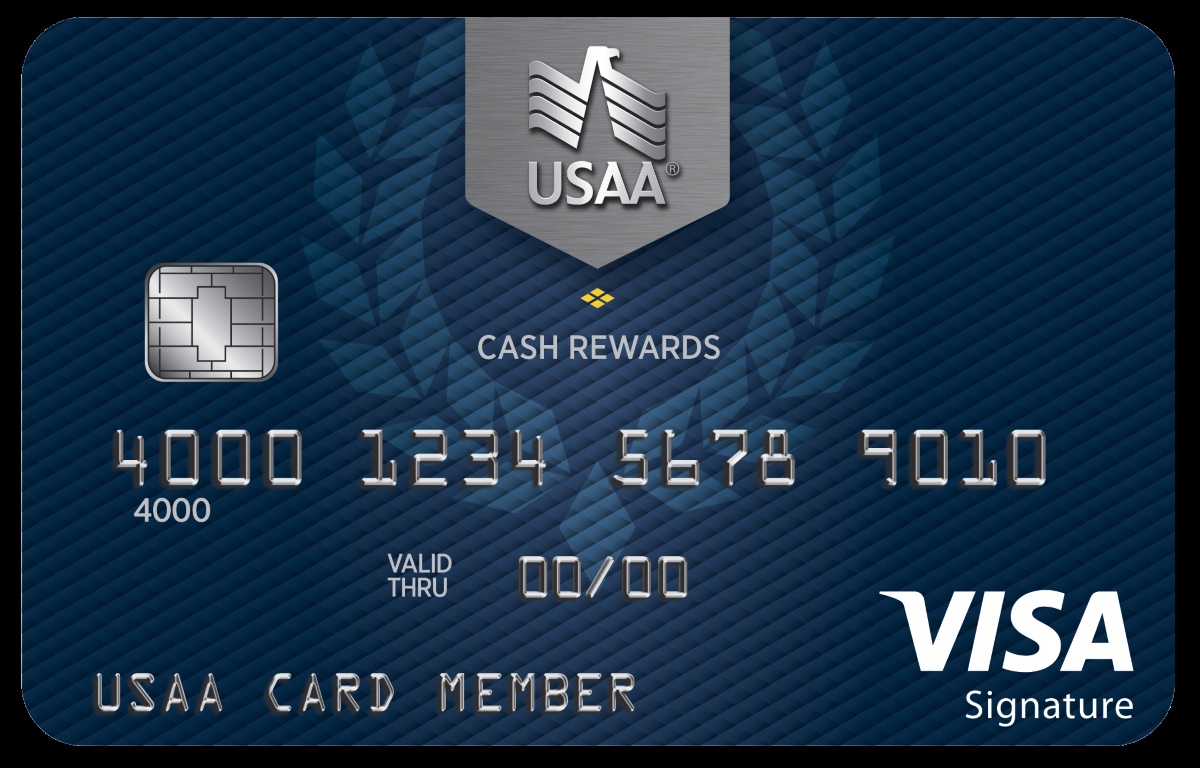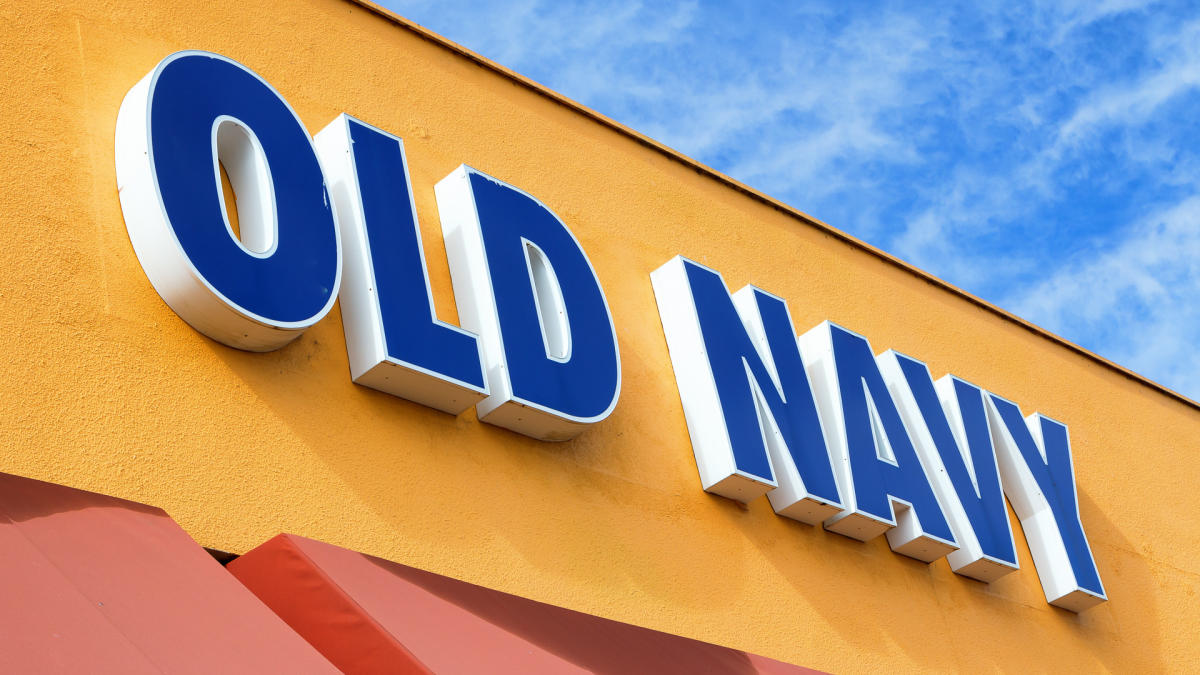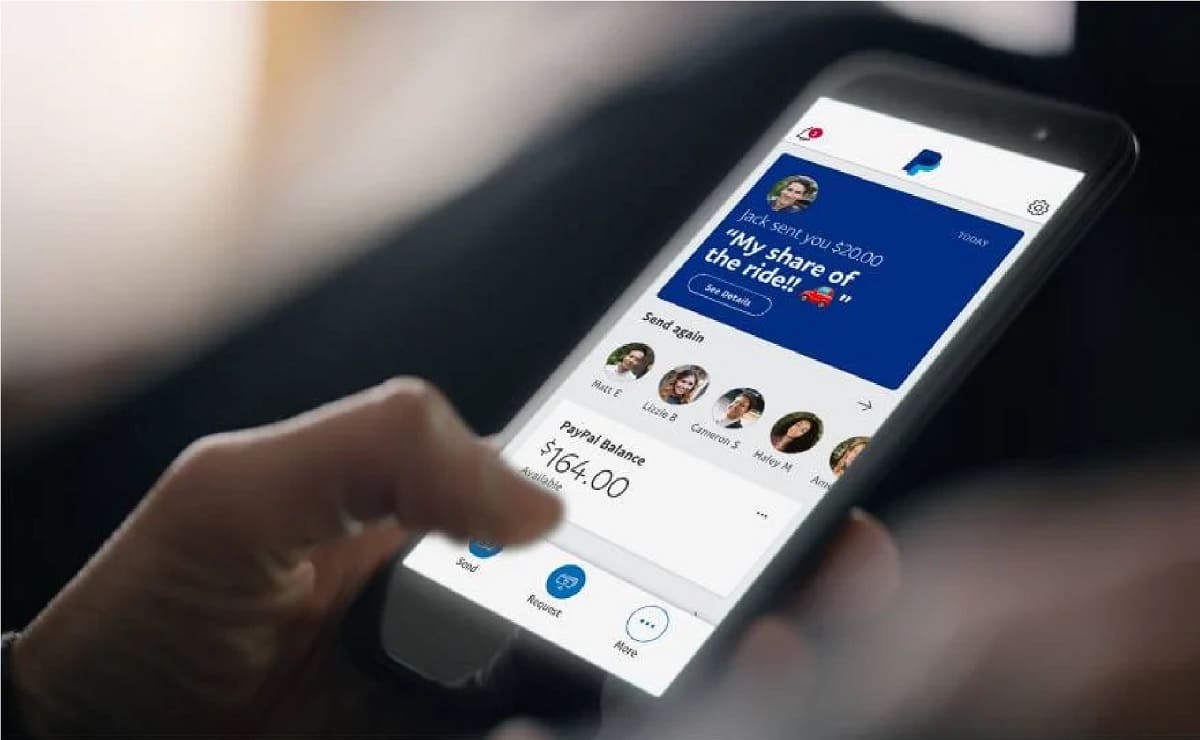

Finance
How Long Does It Take To Get Insurance Cards?
Modified: March 1, 2024
Looking to get your insurance cards quickly? Discover how long it takes to receive your insurance cards and streamline your finance management.
(Many of the links in this article redirect to a specific reviewed product. Your purchase of these products through affiliate links helps to generate commission for LiveWell, at no extra cost. Learn more)
Table of Contents
Introduction
Obtaining insurance is an essential part of safeguarding yourself and your assets against unexpected circumstances. Whether it’s auto insurance, health insurance, or any other type of coverage, having insurance provides a sense of security and peace of mind.
One of the key components of insurance is the insurance card. Also known as an insurance identification card, this small piece of paper or digital document contains important details about your insurance policy and serves as proof of coverage. From your name and policy number to the effective dates and contact information of your insurance provider, insurance cards are crucial in various situations, such as filing claims, accessing medical services, or providing proof of insurance during traffic stops.
Understanding the process of obtaining insurance cards is vital, as it allows you to be well-prepared and informed. In this article, we will discuss the timeline for receiving insurance cards, the factors that can affect the processing time, and any expedited options that may be available.
Understanding Insurance Cards
Insurance cards are important documents provided by insurance companies to their policyholders. They serve as proof of insurance coverage and contain essential information that allows individuals to access the benefits and services associated with their policies. While the specific details may vary depending on the type of insurance, insurance cards typically include the following information:
- Name and contact information of the insurance company
- Name and personal details of the policyholder
- Policy number
- Effective and expiration dates of the policy
- Types of coverage and associated limits
- Any additional drivers covered under the policy (in the case of auto insurance)
Insurance cards are typically provided in physical or digital format. Physical cards are often mailed to the policyholder’s address, while digital cards can be accessed through the insurer’s website or mobile application. In some cases, policyholders may be able to print a temporary insurance card while waiting for the physical copy to arrive.
It’s important to carry your insurance card with you at all times, as it may be required in various situations. For example, in the event of a car accident, you may need to present your auto insurance card to the other party involved or to law enforcement. Similarly, when visiting a healthcare provider, you will likely be asked to provide your health insurance card to ensure proper billing and coverage.
Understanding the information on your insurance card is crucial. It allows you to quickly and accurately provide the necessary details in case of emergencies or when seeking services related to your insurance policy. Familiarize yourself with the various sections of the card and ensure that the information is up to date. If any changes occur, such as a change of address or addition of a new driver, contact your insurance provider to obtain an updated card.
Application Process
Applying for insurance and obtaining insurance cards involves a series of steps. The application process may vary depending on the type of insurance you are seeking, but here is a general overview:
- Research and comparison: Start by researching different insurance providers and policies that suit your needs. Compare coverage options, premiums, deductibles, and customer reviews to make an informed decision.
- Choose a policy: Once you have identified a suitable insurance provider, select a policy that aligns with your requirements. This can include selecting coverage amounts, deductible levels, and any additional features or riders.
- Provide information: Fill out the necessary application forms, either online or in person, and provide all the required information. This typically includes personal details, such as your name, address, date of birth, and social security number.
- Provide documentation: Depending on the type of insurance, you may need to provide supporting documentation. For example, when applying for auto insurance, you will likely need to provide your driver’s license and vehicle registration details.
- Underwriting and approval: After submitting your application and documentation, the insurance company will review your information. They will assess the risk associated with providing coverage to you and determine the premium amount.
- Payment: Once your application has been approved, you will need to make the initial payment to activate your policy. This payment can usually be made online, over the phone, or through traditional means such as a check.
- Policy issuance and insurance cards: After completing the payment, the insurance company will issue your policy. This includes generating your insurance cards, which will be mailed to you or made available through their online portal or mobile app.
It’s important to note that the application process can vary in duration depending on the complexity of the insurance type and the insurer’s internal processes. Some insurance policies may require additional underwriting, such as a medical evaluation for life insurance. In such cases, the application process may take longer.
Ensure that you provide accurate and complete information during the application process. Failing to do so may result in a delay or denial of coverage. If you have any questions or need assistance during the application process, don’t hesitate to reach out to the insurance company’s customer service department for guidance.
Processing Time
The processing time for insurance cards can vary depending on several factors. While some insurance companies may provide an estimated time frame for card issuance, it’s essential to remember that these are estimates and actual processing times can differ.
Typically, the processing time for insurance cards ranges from a few days to a few weeks. Once your application has been approved and payment has been received, the insurance company will initiate the process of generating and issuing your insurance cards.
The processing time can be influenced by various factors, including:
- Insurance company’s internal processes and workload: If the insurance company is experiencing a high volume of applications, it could result in longer processing times. Conversely, if the company has efficient systems in place, it can expedite the processing time.
- Type of insurance: The complexity of the insurance type can impact the processing time. For example, applications for life insurance or health insurance that require medical underwriting may take longer to process compared to auto insurance.
- Accuracy and completeness of application: Providing accurate and complete information on your application can help expedite the processing time. If there are any discrepancies or missing information, the insurance company may need to contact you for clarification, causing delays in card issuance.
- Payment method: The time it takes for your payment to clear and be processed by the insurance company can affect the overall processing time. Electronic payments are typically processed faster than mailed checks.
While waiting for your insurance cards to arrive, it’s important to keep a copy of your application and any receipts or confirmation numbers as proof of coverage. This can come in handy if you need to access benefits or services before receiving your physical insurance cards.
If you find that the processing time for your insurance cards is significantly delayed or if you have any concerns, it’s advisable to contact the insurance company’s customer service department. They can provide you with updates on the status of your application and address any questions or inquiries you may have.
Factors Affecting Processing Time
Several factors can influence the processing time for insurance cards. Understanding these factors can help you manage your expectations and be prepared for any potential delays. Here are some key factors that can impact the processing time:
- Application complexity: The complexity of the insurance application can greatly affect the processing time. For example, if you are applying for a policy with multiple coverage options or additional riders, it may require additional time for the insurance company to review and process the application.
- Underwriting requirements: Some insurance policies, such as life insurance or health insurance, may require extensive underwriting processes. This can involve obtaining medical records, conducting medical examinations, or assessing various risk factors. The time required for underwriting can prolong the processing time for insurance cards.
- Verification processes: Insurance companies often need to verify the information provided in the application. This can include verifying your identity, checking your driving record for auto insurance, or confirming your medical history for health insurance. Delays in verification can extend the processing time.
- Internal processes of the insurance company: Each insurance company has its own internal processes for handling applications and issuing insurance cards. Factors such as workload, staffing levels, and the efficiency of their systems can impact the processing time. Larger insurance companies may have more resources and streamlined processes, resulting in quicker turnarounds.
- Volume of applications: The volume of applications received by the insurance company can also affect the processing time. During peak periods, such as open enrollment periods for health insurance, there may be a higher influx of applications, leading to longer processing times.
- Payment processing: The time it takes for your payment to be processed by the insurance company can impact the overall processing time. If there are delays in payment processing, it may delay the issuance of insurance cards.
It’s important to note that while insurance companies strive to process applications and issue insurance cards as efficiently as possible, unforeseen circumstances or complications can arise, causing delays. Keep in mind that the processing time can vary from one insurance company to another and from one type of insurance to another.
If you have any concerns about the processing time or if you believe there has been an excessive delay, it’s best to contact the insurance company’s customer service for updates and assistance. They will be able to provide you with information on the status of your application and address any concerns you may have.
Expedited Options
If you’re in need of insurance cards urgently, you may be wondering if there are any expedited options available to speed up the processing time. While not all insurance companies offer expedited services, some may have options that can help expedite the issuance of insurance cards. Here are a few options to consider:
- Rush processing: Some insurance companies offer a rush processing service for an additional fee. This option prioritizes your application, reducing the processing time and expediting the issuance of insurance cards. If you’re in a hurry to receive your cards, check with your insurance company to see if this option is available and the associated costs.
- Temporary insurance cards: In certain situations, insurance companies may provide temporary insurance cards that can be used until the permanent cards arrive. These temporary cards are typically accessible online or through the company’s mobile app. While they may have a limited validity period, they can be useful if you need immediate proof of coverage.
- Electronic delivery: Instead of waiting for physical insurance cards to be mailed, some insurance companies offer electronic delivery options. This allows you to access and download your insurance cards immediately upon approval of your application. Electronic cards can be printed or stored digitally on your smartphone for easy access.
- Express shipping: If you’ve opted for physical insurance cards, inquire whether the insurance company offers express shipping options. This can help speed up the delivery process, ensuring that you receive your cards sooner. Keep in mind that there may be an additional fee for express shipping services.
It’s important to note that while expedited options can shorten the processing time, they may come with additional costs. Be sure to inquire about any fees or charges associated with expedited services before opting for them.
Remember, not all insurance companies offer expedited options, so it’s important to check with your specific insurance provider to see what options are available. Additionally, it’s advisable to plan ahead and apply for insurance well in advance to allow ample time for processing and card issuance.
If you’re in a situation where you need immediate coverage, such as purchasing a new vehicle or starting a new job, it’s crucial to reach out to the insurance company as soon as possible. They may be able to offer guidance or make accommodations to expedite the application process.
Receiving Insurance Cards
Once your application has been approved and the insurance cards have been generated, you can expect to receive them through various means. The method of delivery may depend on the insurance company’s policies and the type of insurance you have obtained. Here are some common ways to receive your insurance cards:
- Mail delivery: For physical insurance cards, the most common method of delivery is through the mail. The insurance company will typically send the cards to the address provided during the application process. It’s important to ensure that the address is accurate and up to date. Depending on the postal service and distance, it can take a few days to a couple of weeks for the cards to arrive.
- Online access: Many insurance companies now provide online portals or mobile applications that allow you to access and download your insurance cards electronically. Once your application has been approved, you will receive instructions on how to create an account and access your digital insurance cards. This provides a convenient and instant way to obtain proof of coverage.
- Insurance agent or broker: If you have obtained your insurance policy through an agent or broker, they may be able to provide you with your insurance cards directly. In such cases, you can either pick up the cards from their office or have them delivered to you in person.
- Temporary cards: In certain situations, insurance companies may provide temporary insurance cards online or through email as soon as your application is approved. These temporary cards can be used until the permanent cards arrive in the mail. Be sure to check the validity period of the temporary cards and carry them with you as proof of coverage.
It’s important to review the insurance cards as soon as you receive them to ensure that all the information is accurate. Verify that your name, policy number, coverage details, and effective dates are correct. If you notice any discrepancies or have any questions, contact your insurance company’s customer service department for clarification.
Once you have received your insurance cards, it’s advisable to keep a copy of them in a safe place. Consider taking a photo or making a digital copy as a backup, especially if you have physical cards that could be lost, damaged, or misplaced. Additionally, always have your insurance cards readily available when needed, whether it’s in your wallet, glove compartment, or stored digitally on your smartphone.
Remember, insurance cards are an important form of identification and proof of insurance coverage, so treat them with the same care and security as you would any other valuable document.
Conclusion
Obtaining insurance cards is a crucial step in securing your coverage and accessing the benefits and services provided by your insurance policy. While the processing time for insurance cards can vary, understanding the application process and the factors that affect the processing time can help you navigate the waiting period more effectively.
During the application process, be sure to provide accurate and complete information on your application to avoid any delays. If there are any expedited options available, consider utilizing them if you need your insurance cards urgently, but be aware of any associated fees.
Once your application is approved, the insurance company will generate your insurance cards and deliver them to you through mail, online access, or through your insurance agent or broker. It’s important to review the cards for accuracy and keep them in a safe place. If you receive temporary insurance cards, make sure to check their validity period and carry them with you as proof of coverage until the permanent cards arrive.
Remember, insurance cards serve as proof of your coverage and should be kept on hand at all times. Familiarize yourself with the information on the cards and understand how to utilize them in various situations, such as filing claims or providing proof of insurance during interactions with healthcare providers or law enforcement.
If you have any concerns or questions about the processing time or any other aspect of your insurance cards, don’t hesitate to reach out to your insurance company’s customer service department. They are there to assist you and provide the necessary information and support.
In conclusion, obtaining insurance cards is an important part of the insurance process. By understanding the application process, the factors affecting the processing time, and the options available to expedite the issuance of insurance cards, you can be better prepared and ensure a smooth experience when obtaining and using your insurance coverage.














